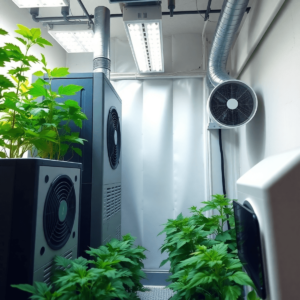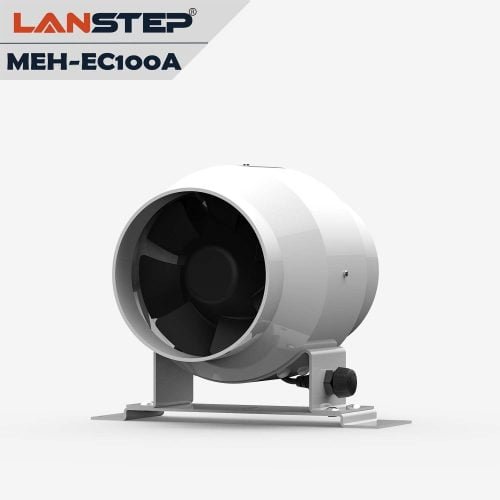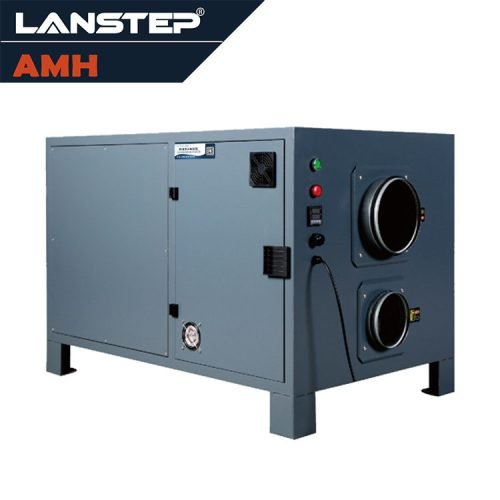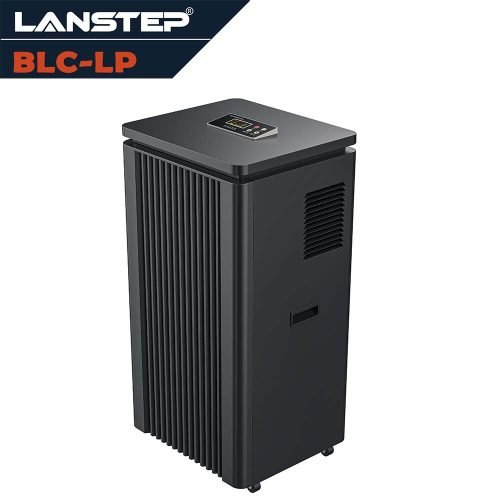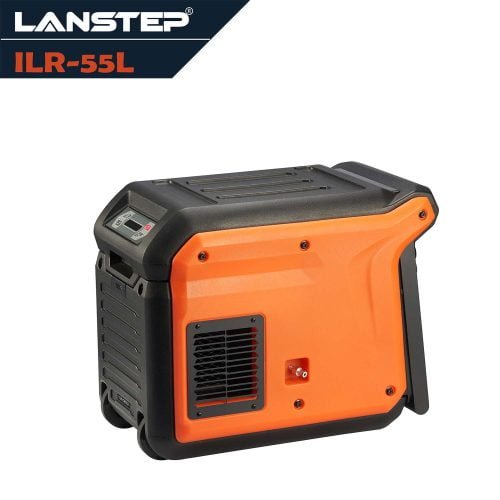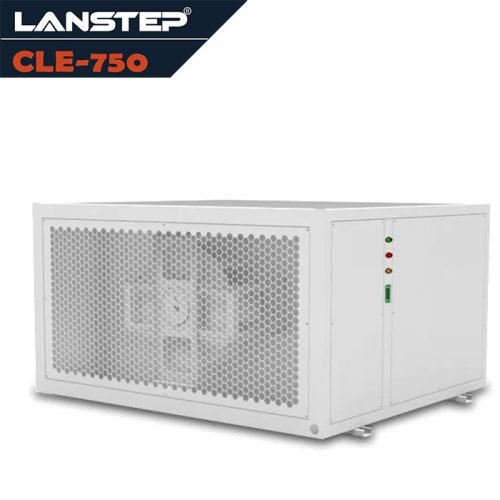introduction
In recent years, with the advancement of building technology and the increasing demands for a comfortable living environment, the need for home ventilation systems has significantly increased. It’s well-known that good indoor air quality is crucial for residents’ health and quality of life. However, many modern buildings, due to their reliance on airtight structures for energy efficiency, often overlook proper ventilation, leading to compromised indoor air quality. According to a report by the World Health Organization (WHO), about 30% of modern buildings suffer from indoor air quality issues.
Natural ventilation methods, such as opening windows, although simple, are often impractical in many scenarios. For instance, in urban high-rises, due to external air pollution and noise issues, it’s often impossible to keep windows open for extended periods. Moreover, natural ventilation can lead to significant heat loss in winter, increasing heating costs. Statistics show that inefficient ventilation methods can lead to an increase of over 20% in building energy consumption.
Thus, finding a ventilation system that can maintain indoor air quality while being energy-efficient has become a key aspect of modern architectural design. Home ventilation systems, especially inline duct fan systems, due to their efficient air circulation and energy-saving properties, are becoming an increasingly popular choice for many households.
Working Principle of Residential Ventilation Devices
Basic Construction of Inline Duct Fan Residential Ventilation Devices
Inline duct fan residential ventilation devices primarily consist of fans, ducts, filters, and a control system. The fans drive air circulation, the ducts are responsible for delivering fresh air to every corner of the interior and expelling stale air. Filters are used to remove dust and pollutants from the air entering the interior. According to data from the U.S. Environmental Protection Agency (EPA), these devices can effectively remove up to 99% of particulate matter in indoor air.
How the System Effectively Circulates and Filters Indoor Air
These ventilation devices are typically designed with two modes: a continuous low-speed mode for regular air renewal and a high-speed mode for quickly expelling stale indoor air, such as humidity from cooking or showering. According to a report by the International Energy Agency (IEA), this design minimizes energy consumption while ensuring indoor air quality.
Reasons for the Growing Demand
Reasons for Modern Buildings’ Preference for Home Ventilation Systems
With the increasing awareness of health and comfortable living environments, modern buildings are paying more attention to the control of indoor air quality. According to statistics from the International Association of Architectural Design (AIA), in recent years, over 50% of new homes have chosen to install home ventilation systems. This shift is mainly due to traditional natural ventilation’s inability to meet the growing demands for indoor air quality.
Energy Conservation and Environmental Trends Driving Demand
Energy conservation and environmental protection have become global trends, and home ventilation systems are widely regarded for their efficient energy use and reduced environmental pollution. For example, the European Union’s Directive on Energy Performance of Buildings (EPBD) requires new buildings to achieve nearly zero energy consumption, and efficient ventilation systems are key to this goal. Data from the European Commission shows that homes with these systems have an energy efficiency improvement of about 25% compared to homes without them.
Benefits of Home Ventilation Systems
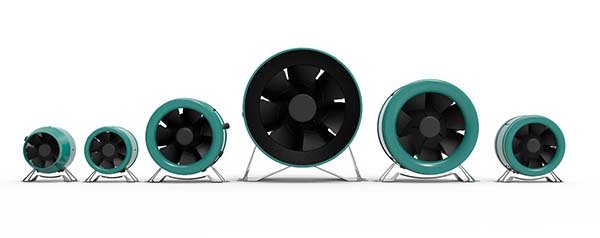
Reducing Energy Loss and Improving Thermal Efficiency
Home ventilation systems significantly reduce energy loss through temperature control and effective air flow management. According to a report by the Energy Management Association (EMA), well-designed home ventilation systems can reduce heating and cooling energy consumption by up to 30%. Additionally, these systems improve overall thermal efficiency by recycling indoor heat. For instance, some high-efficiency heat recovery ventilation systems can recover over 80% of heat.
Continuous Fresh Air Flow Benefits for Residents’ Health
Continuous fresh air flow is essential for maintaining indoor air quality. Research by the National Institute of Environmental Health Sciences (NIEHS) shows that good indoor ventilation helps reduce the incidence of asthma and other respiratory diseases. By continuously introducing filtered fresh air, home ventilation systems effectively reduce harmful substances and allergens indoors.
Improving Indoor Air Quality, Reducing Humidity and Odor
In addition to respiratory health, home ventilation systems also help control indoor humidity and reduce unpleasant odors. This is particularly important for preventing mold growth and maintaining the long-term stability of indoor furnishings. Data from the U.S. Environmental Protection Agency (EPA) indicates that proper indoor humidity control can reduce the risk of mold growth by up to 50%.
Global Perspective
Adoption of Home Ventilation Systems in Different Countries and Regions
Globally, the demand and adoption of home ventilation systems vary significantly. In Europe, especially in Nordic countries, due to strict building energy efficiency standards, the adoption rate of home ventilation systems is high. Data from the European Union Statistics Office shows that over 70% of new homes in Nordic countries have installed efficient ventilation systems. In Asia and North America, this proportion is relatively lower, but with increasing environmental awareness and policy support, this trend is changing rapidly.
How the Systems Are Viewed as Part of Building Standards Worldwide
As climate change and energy efficiency become global issues, more and more countries are incorporating home ventilation systems into building design standards. For example, the European Union’s Energy Efficiency Directive (EPBD) requires new buildings to use efficient ventilation systems. Additionally, the International Green Building Council (IGBC) has included ventilation efficiency as one of the evaluation criteria in its building assessment standards.
Future Outlook
Technological Development Trends of Home Ventilation Systems
With technological advancements and increasing demand for environmentally friendly buildings, the technology of home ventilation systems is also evolving. Future ventilation systems will be more intelligent and automated, capable of adjusting ventilation modes automatically based on indoor and outdoor environmental changes. Predictions by the International Intelligent Building Association (IBA) indicate that by 2030, over 60% of new homes will be equipped with smart ventilation systems. These systems will integrate Internet of Things (IoT) technology, allowing seamless connection with other home systems.
How Technology Can Further Improve Living Environments and Save Energy
Future ventilation systems will focus not only on improving air quality but also on efficient energy use. For example, using efficient heat exchangers and renewable energy sources like solar power to drive systems can significantly reduce energy consumption. Reports from the International Renewable Energy Agency (IRENA) suggest that ventilation systems combined with renewable energy can reduce residential energy consumption by up to 40%.
Choosing the Right Residential Ventilation System for Your Property
We hope this information deepens your understanding of the role home ventilation systems play in improving air quality, comfort, and sustainability in the next generation of properties. Now is the time to invest in this technology and find the best products for your next construction or renovation project.
LANSTEP is a global leader in robust, reliable, and sustainable climate control solutions. With over a decade of experience, our residential ventilation systems, such as the SMC Silent Inline Duct Fan, efficiently and effectively supply air to locations worldwide. But that’s not all – property owners worldwide use LANSTEP ventilation devices because our technology is:
- Highly Energy Efficient: LANSTEP air ventilation devices are among the most energy-efficient products on the market today. For this reason, our equipment is equipped with low energy consumption EC fans and many built-in sensors and software features to help reduce power consumption during off-peak hours.
- Configurable to Your Environment: To further enhance our residential ventilation devices, many of our units can be equipped with the next generation of inline duct fans, such as the SMC series. This technology can regulate both heat and humidity; crucially, too dry air can cause sore throats, itchy eyes, or dermatitis.
- Durable and Easy to Maintain: We understand how important consistency and continuity are for your business and residents’ comfort. Therefore, our solutions can operate effectively all year round. As part of this commitment, many of our solutions are equipped with smart control systems that help prevent frost formation under freezing conditions. Additionally, when it’s time to maintain your LANSTEP system, our extensive support network can help you find technicians and spare parts when needed.
For more information about our full range of residential ventilation devices, talk to an expert today or use the form below to contact us.



